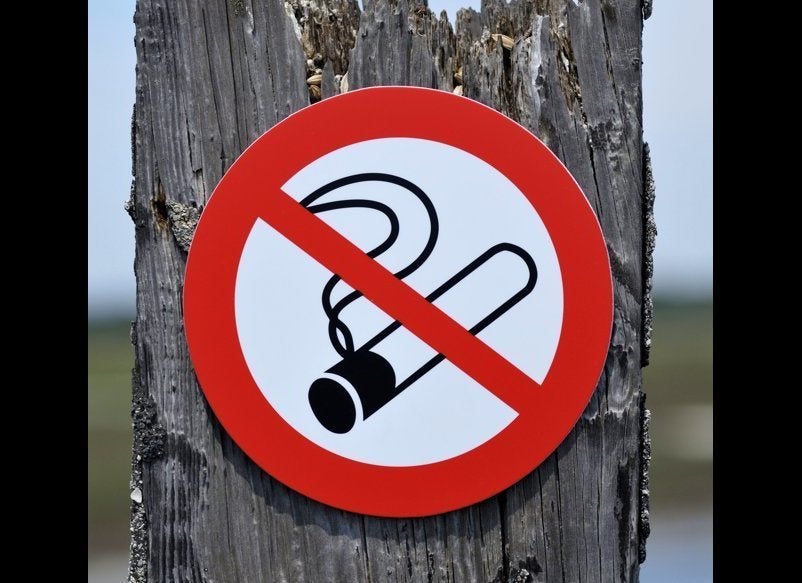
By Andrew M. Seaman
(Reuters Health) - Women in cardiac arrest in the U.S. are less likely than men to receive life-saving treatments, and less likely to survive, a study found.
Compared to men, fewer women received cooling therapy to prevent brain damage, imaging studies known as angiography or treatment for blocked arteries.
"Traditionally women have not been treated as aggressively as men," said lead author Dr. Luke Kim, of Weill Cornell Medical College in New York City.
Cardiac arrest occurs when the heart's electrical system malfunctions and the heart suddenly stops working, according to the American Heart Association.
More than 300,000 cardiac arrests occur outside of hospitals in the U.S. each year, the researchers write in the Journal of the American Heart Association. Survival rates after out-of-hospital cardiac arrests have risen from about 6 percent in 2005 to about 8 percent in 2012.
For the new study, the researchers reviewed data from 2003 to 2012 on nearly 1.44 million cardiac arrests. Some of the patients had been in the hospital when their heart stopped. Others had survived long enough after a cardiac arrest out in the community to be brought to a hospital.
About 45 percent of the patients were women, who tended to be older and sicker than the men.
Over the course of the study, in-hospital deaths fell from about 69 percent to about 61 percent in women and from about 67 percent to about 57 percent in men.
Overall, roughly 64 percent of women died in the hospital after cardiac arrest, compared to about 62 percent of men, according to the report.
Women were 25 percent less likely than men to undergo coronary angiography. They were also 25 percent less likely to have an angioplasty procedure to open blocked arteries and 19 percent less likely to undergo therapeutic hypothermia, which cools the body to prevent brain damage.
Their lower rates of these treatments aren't the only reason women are more likely to die in hospitals after cardiac arrest, Kim and his colleagues say.
A subset of women who received the appropriate treatments still had worse survival, they found.
It could be that women are less likely to have cardiac arrests that respond to treatment with a defibrillator and less likely to have cardiac arrests in the presence of other people who can call for help, the authors suggest.
Dr. Leslie Cho, director of the Women’s Cardiovascular Center at the Cleveland Clinic, emphasized that the women in the study tended to be older and sicker than the men.
"Sometimes the difference can be due to older patients being less likely to want more aggressive procedures," said Cho, who was not involved with the new study.
She was surprised, however, that women were less likely to be treated with cooling therapy, because that is a decision made by doctors - not patients.
"We need to treat both men and women aggressively," Cho said.
She advises women to watch for signs of heart trouble, including chest pressure or tightness and increasing shortness of breath.
"It again speaks to the fact that if you feel like something is wrong with you, it’s important to be seen" by a healthcare provider, Cho said.
SOURCE: http://bit.ly/28Pp9uy Journal of the American Heart Association, online June 22, 2016.

